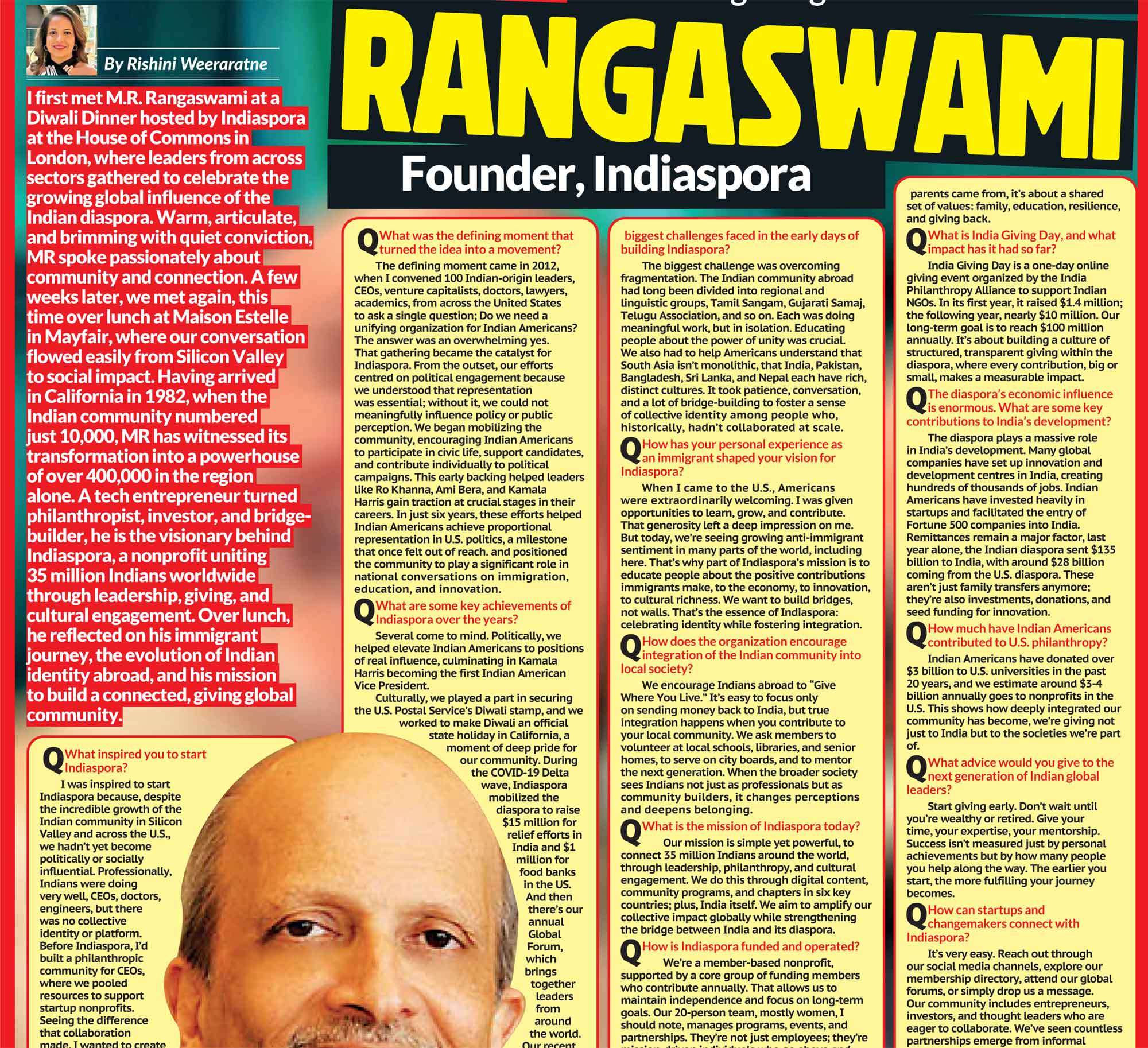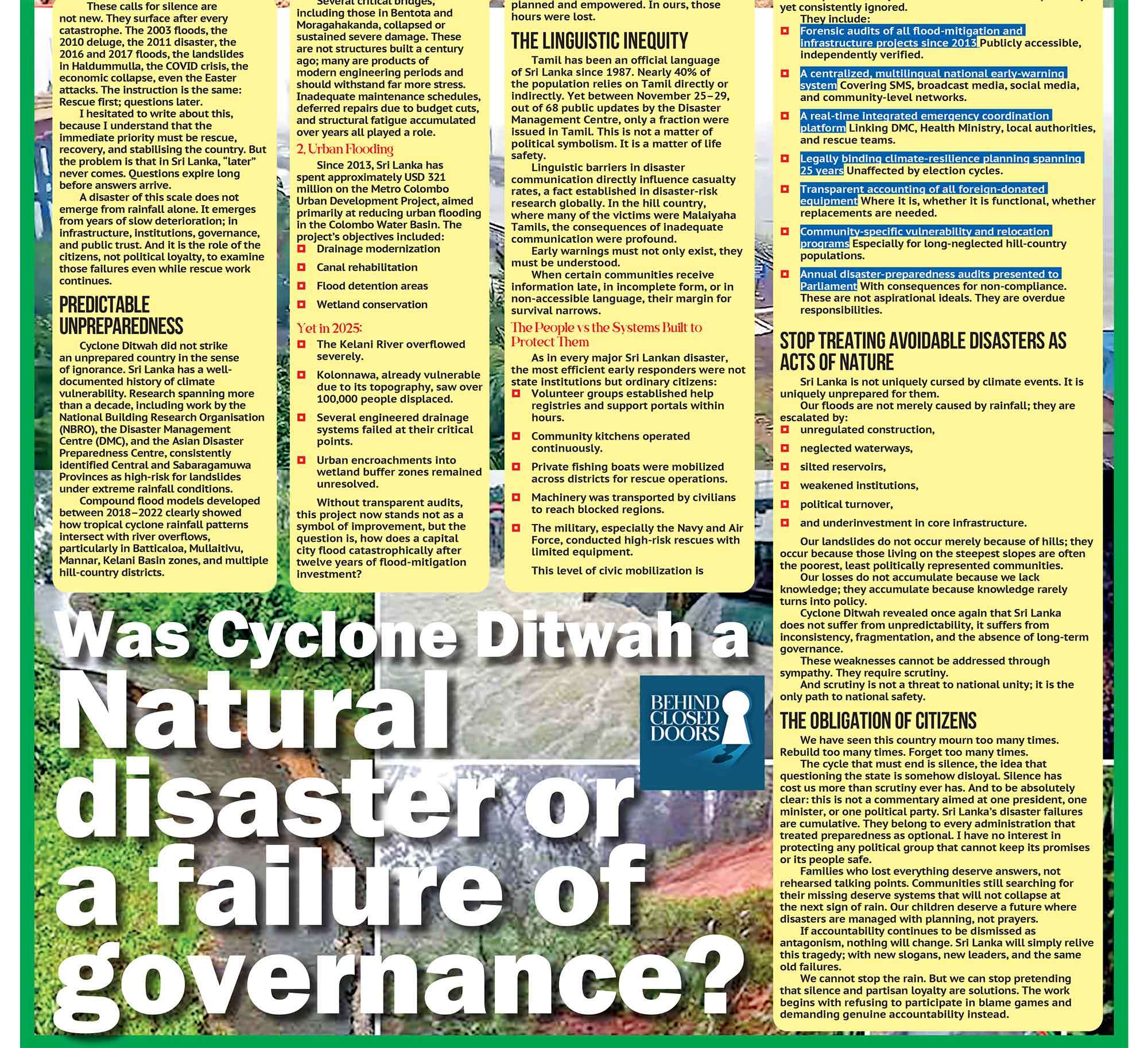
In today’s hyper-connected, digital-first world, personal branding has shifted from a luxury to a necessity. Whether you’re a professional looking to advance your career, an entrepreneur striving to attract clients, or a creative wanting to share your unique voice, your personal brand is your calling card. But in a crowded marketplace filled with countless voices clamoring for attention, how do you build a personal brand that truly stands out?
Building a personal brand is not about creating a superficial image or adopting a persona that’s not authentically you. It’s about identifying your unique value, communicating it clearly, and consistently demonstrating it in ways that resonate deeply with your target audience. This article explores practical strategies to help you craft a personal brand that is memorable, credible, and distinct in a sea of sameness.
Why Personal Branding Matters More Than Ever
Before diving into the “how,” it’s important to understand the “why.” Your personal brand influences how others perceive you, and perception can shape opportunities, trust, and relationships. According to a 2023 survey by LinkedIn, 85% of hiring managers say they research a candidate’s online presence before making a hiring decision. Similarly, potential clients often Google your name before engaging your services. Your brand isn’t just what you say about yourself; it’s what others say and feel about you.
An effective personal brand opens doors. It positions you as an expert, attracts opportunities aligned with your goals, and fosters meaningful connections. In essence, your brand is your professional reputation, crafted with intention and authenticity.
Step 1: Discover Your Unique Value Proposition
Your unique value proposition is the cornerstone of your personal brand. It answers the question: “What makes you different and valuable?”
Start by reflecting on your skills, passions, experiences, and values. Consider these questions:
- What problems do I solve better than others?
- What skills or insights do I possess that are rare or distinctive?
- What motivates me and gives me energy?
- What do others consistently praise me for?
- How do I want to make an impact?
Your UVP is a clear, concise statement that communicates who you are, what you do, and why it matters. For example, “I help small businesses build digital marketing strategies that drive sales growth,” or “I empower introverted leaders to find their confident voice in the boardroom.”
Crafting this statement requires honesty and self-awareness. Avoid vague jargon and focus on specific, authentic strengths that resonate with your target audience.
Step 2: Define Your Target Audience
A personal brand isn’t for everyone, it’s for the people whose attention and trust you want to earn. Defining your target audience helps tailor your messaging and ensures your brand speaks directly to those who matter. Identify your ideal audience by considering demographics, professional roles, industries, challenges, and aspirations. For example, if you’re a career coach, your audience might be mid-level professionals transitioning to leadership roles. If you’re an artist, your audience could be galleries, collectors, and art enthusiasts. Understanding your audience’s needs and pain points allows you to position your brand as the solution they’ve been seeking. It also guides the channels and content you use to engage them effectively.

Step 3: Create a Consistent Visual and Verbal Identity
Consistency is the secret sauce of memorable personal brands. This applies not only to what you say but also how you look.
Visual identity includes your profile photos, logo (if applicable), color schemes, fonts, and overall style. For example, a corporate consultant’s brand might lean towards clean, professional visuals, while a lifestyle influencer might embrace vibrant, playful colors. Your visual style should reflect your personality and appeal to your audience.
Verbal identity encompasses your tone, language, and messaging style. Are you formal and authoritative, casual and conversational, or witty and irreverent? Decide on a tone that aligns with your brand and use it consistently across platforms, be it your website, social media, emails, or presentations.
Tools like Canva can help you design cohesive visuals even without a graphic design background. Equally, consider creating a brand voice guide to keep your messaging on point.
Step 4: Build a Strong Online Presence
In the digital age, your online presence is often the first impression you make. Establishing and nurturing your digital footprint is critical.
Start with a professional website or portfolio that clearly communicates your UVP and showcases your work, testimonials, and credentials. A well-crafted About page that tells your story authentically can create emotional connection.
Social media platforms are invaluable for personal branding. Choose platforms where your target audience is active and create content that adds value, whether that’s thought leadership articles on LinkedIn, creative visuals on Instagram, or videos on TikTok or YouTube.
Consistency in posting and engagement is key. Share insights, stories, successes, and lessons learned to humanize your brand. Engage with your audience by responding to comments, joining conversations, and collaborating with others.
Remember, online reputation management matters. Google yourself regularly, ensure your profiles are professional and up-to-date, and be mindful of what you share publicly.
Step 5: Leverage Content Marketing to Showcase Expertise
Content is king, and for personal branding, it’s your platform to demonstrate knowledge, build trust, and attract your ideal audience.
Blog posts, videos, podcasts, newsletters, and webinars are effective formats to share your expertise. Choose mediums that align with your strengths and audience preferences.
When creating content, focus on solving problems, sharing insights, and telling stories that highlight your unique perspective. Avoid self-promotion overload; instead, aim to educate, inspire, or entertain.
Content marketing also enhances your SEO, making it easier for people to find you online. Over time, consistent valuable content establishes you as a go-to resource in your field.
Step 6: Network Strategically and Authentically
Networking remains a cornerstone of personal branding. But it’s less about collecting contacts and more about cultivating genuine relationships.
Attend industry events, webinars, and local meetups. Engage with peers and leaders on social media by commenting thoughtfully and sharing others’ content.
Remember the power of giving. Support others by offering help, sharing resources, or simply showing appreciation. These small acts build goodwill and often result in reciprocal opportunities.
Collaborations, guest posts, and interviews can also amplify your brand reach. They introduce you to new audiences and position you alongside established names in your industry.

Step 7: Seek Feedback and Evolve
Building a personal brand is an ongoing process. Seek feedback from mentors, peers, and your audience to understand how your brand is perceived.
Use insights to refine your messaging, content, and approach. Stay updated with trends in your field and continuously learn new skills.
Authenticity is crucial. As you grow personally and professionally, allow your brand to evolve naturally while maintaining its core values.
Common Pitfalls to Avoid
- Trying to please everyone: A diluted brand appeals to no one. Be clear about who you serve.
- Inconsistency: Mixed messages or erratic posting can confuse your audience. Stay consistent.
- Neglecting offline presence: Personal branding isn’t only online. Your reputation in real life matters.
- Ignoring negative feedback: Constructive criticism is valuable for growth. Don’t shy away from it.
- Overpromotion: Focus on adding value rather than incessant self-promotion.
The Payoff: Why It’s Worth the Effort
A well-crafted personal brand does more than boost visibility; it opens doors to opportunities you might never have imagined. It attracts clients, job offers, collaborations, and speaking engagements. Most importantly, it fosters confidence by clarifying your unique place in the world.
In a competitive landscape, standing out authentically gives you a powerful advantage. Your personal brand becomes a magnet that draws the right people and possibilities your way.
Final Thoughts
Building a personal brand that stands out is part art, part science, and all about authenticity. It requires self-reflection, strategy, consistent effort, and a willingness to engage meaningfully with your audience.
Start by discovering your unique value, then craft a consistent identity and share your story with confidence. Embrace content creation, networking, and ongoing learning. Over time, your personal brand will become a beacon that not only elevates your career but also connects you to a community that values what only you can offer. Remember: In a world full of noise, authenticity and clarity are your strongest signals. Your personal brand is your story, make it unforgettable.











